Are Fleas a Serious Problem in Nashville?
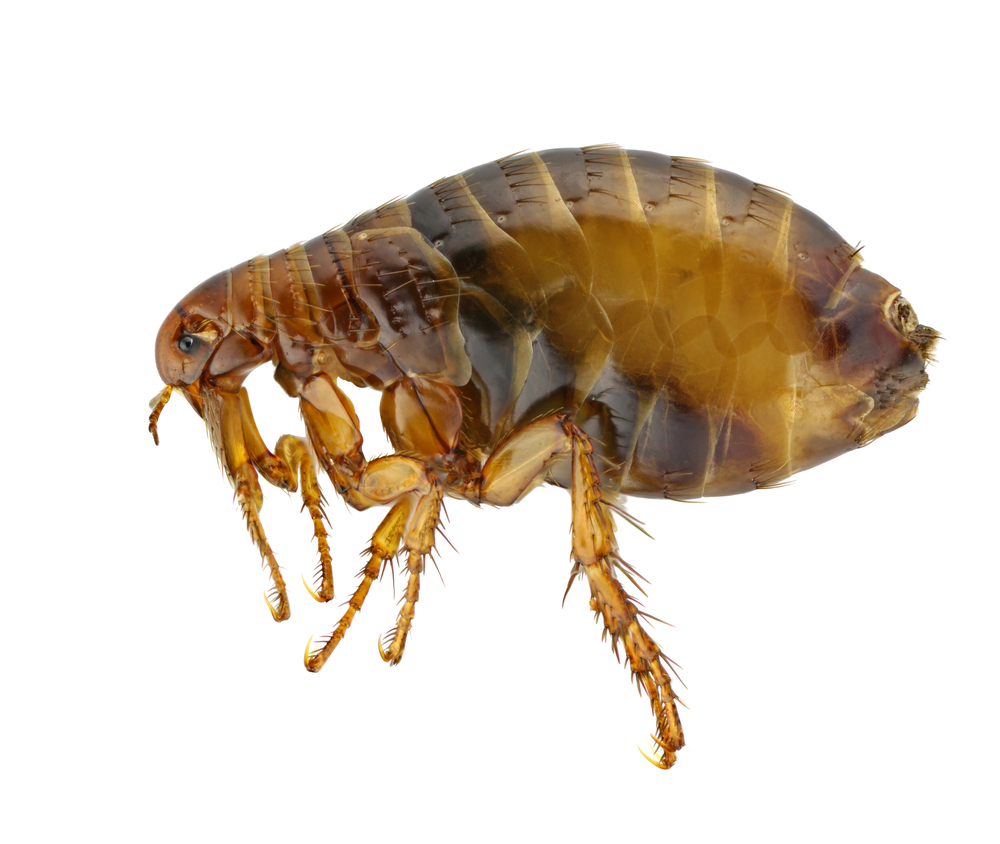
Are fleas a serious problem in Nashville? They can be! Fleas are small, wingless insects that feed on the blood of animals and people. Fleas do not normally live on humans, rather on cats, dogs and wildlife. They do however bite people who handle infested animals. Fleabites cause small, red, itchy bumps, and are most often found on the ankles and lower legs of humans. For relief from itching wash with soap and water, then apply ice.
Read More
What Stinging Insects Are In Chattanooga?
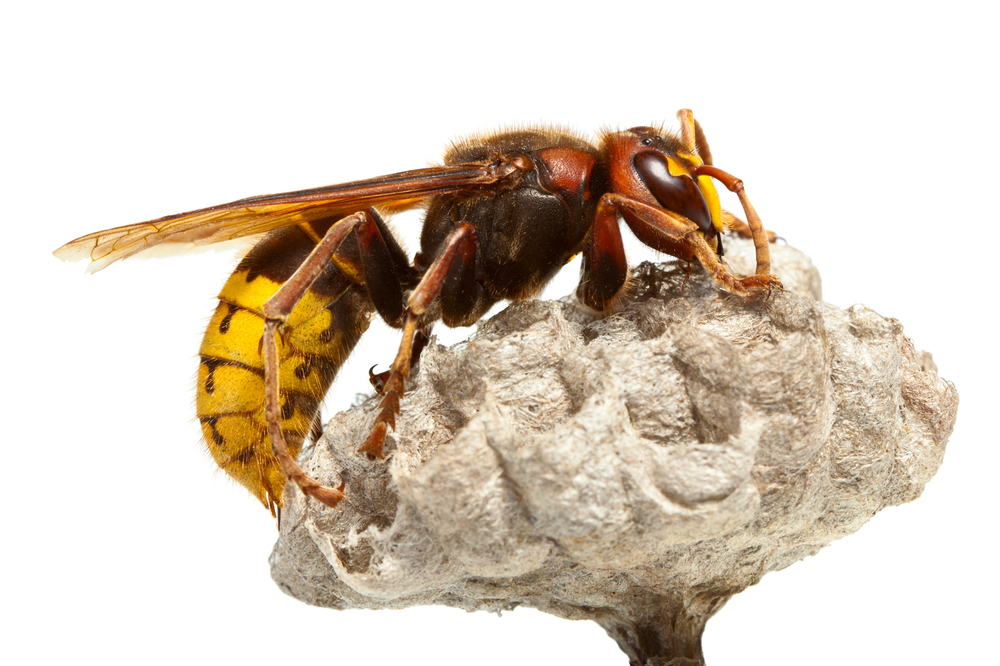
What stinging insects are in Chattanooga? They may not have been invited, but stinging insects are inevitable guests to most outdoor gatherings. These fun-stealers send more than 500,000 people to emergency rooms each year and are especially active during the second half of summer and early Fall when the colonies forage for food that will sustain their queens during the winter. It is during this time that most people fall victim to the physical and financial sting that these nasty critters pose. Read More
Why Are Stink Bugs So Bad in Knoxville?
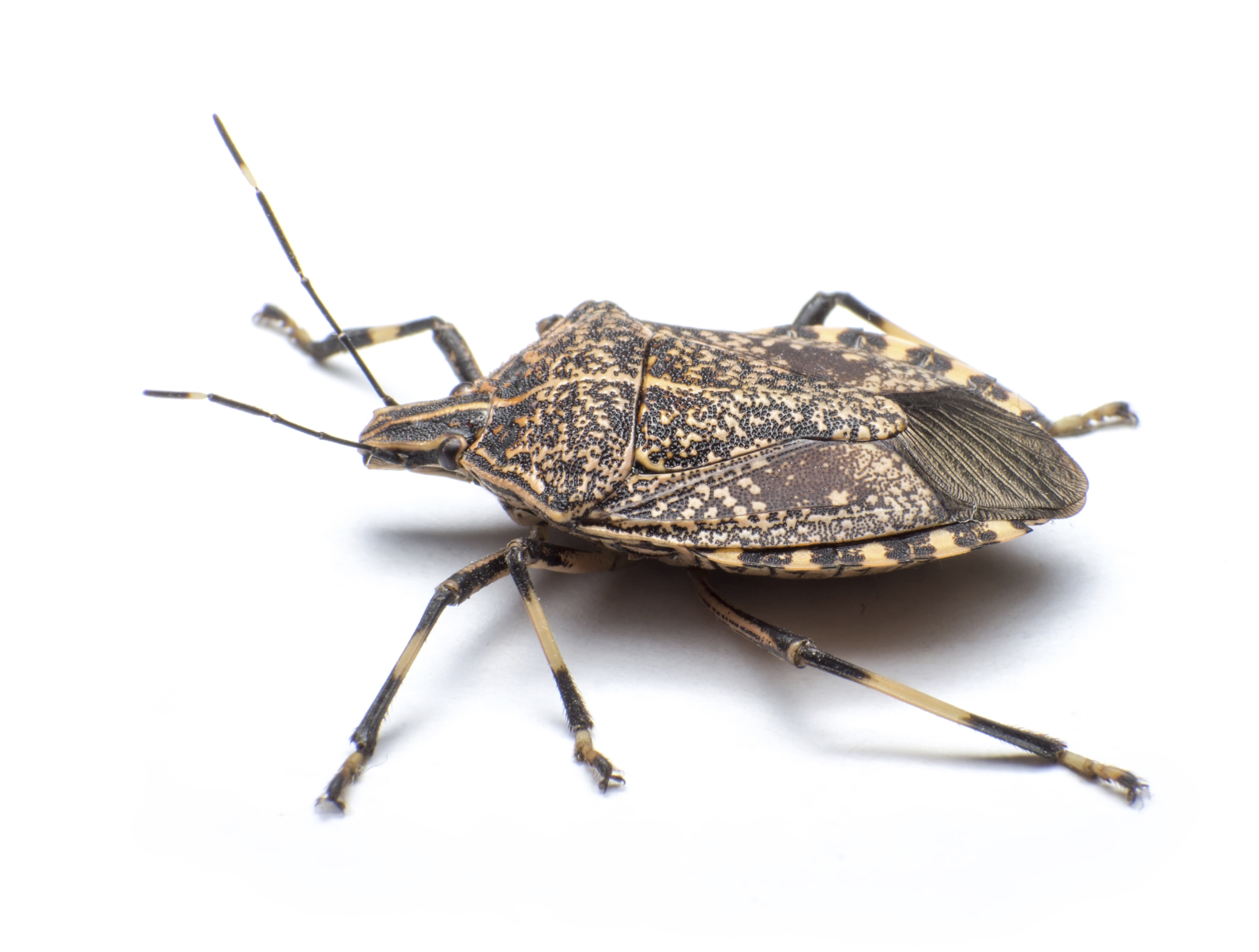
Why are stink bugs so bad in Knoxville? Fall is just around the corner and the shorter days and falling temperatures motivate stink bugs to run for cover. If they sheltered beneath tree bark or mulch, that would be one thing, but they prefer moving into your home over winter, piling into cracks and crevices by the thousands. Yuck.
Are Mosquitoes Bad in North Carolina?
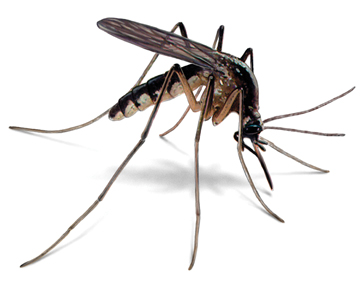
Mosquitoes thrive in moist, humid environments and the warm, temperate environment in North Carolina is a perfect place for these dangerous biting pests.
Can Camel Crickets Hurt You?
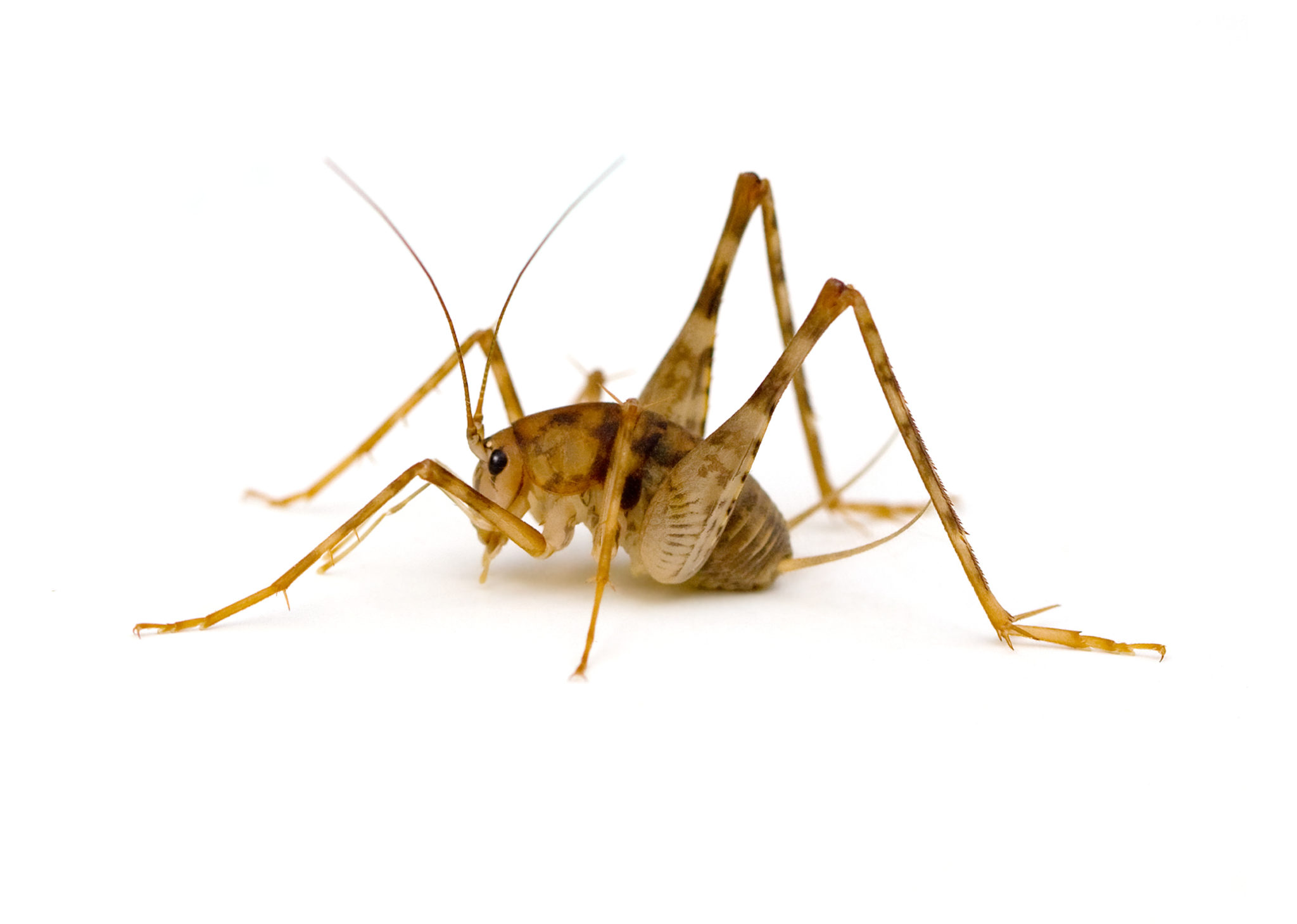
Can camel crickets hurt you? This group of crickets is classified as an occasional invader and a nuisance pest. They don’t pose any health threats to people. Camel crickets can overwinter in homes, normally as nymphs or young adults. Females lay their eggs in early spring and they hatch during April.
Are Orb-Weaver Spiders Dangerous?
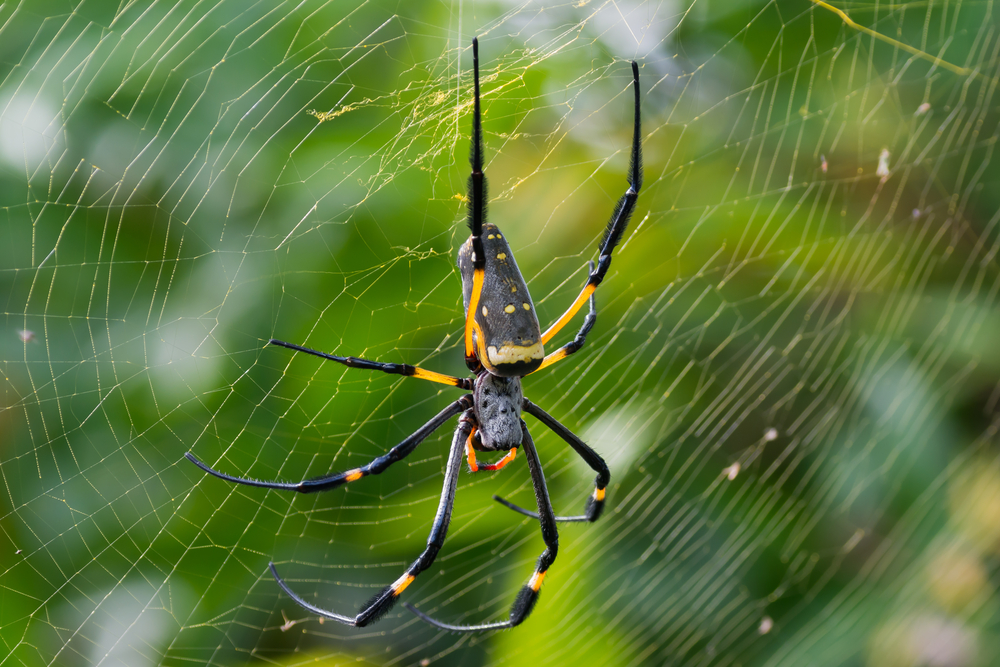
Are orb-weaver spiders dangerous? Orb-weaver spiders are considered beneficial to humans. They eat flies, mosquitoes, ants, and other pest insects. Although many can give a painful bite, no orb-weaver spiders are considered dangerous to humans (except to rare individuals who have severe allergic reactions to insect and spider bites).
Can You Get Rid of German Cockroaches?
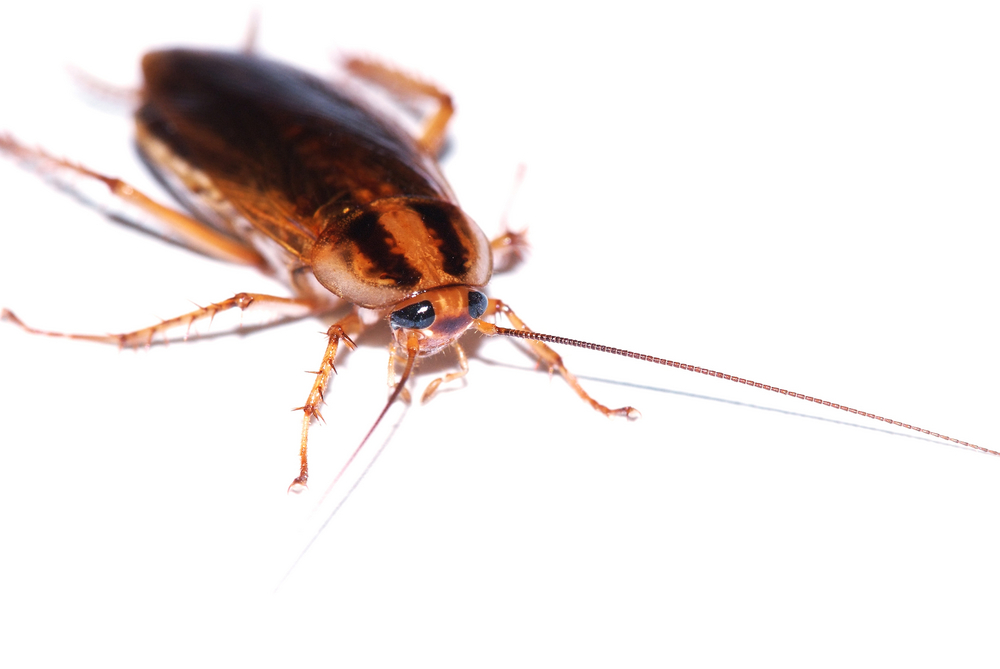
Can you get rid of German cockroaches? The German cockroach is very successful at establishing an ecological niche in buildings and is resilient in the face of many pest-control measures. To be effective, control measures must be comprehensive, sustained, and systematic; survival of just a few eggs is quite enough to regenerate a nearly exterminated pest population within a few generations, and recolonization from surrounding populations often is very rapid, too.
